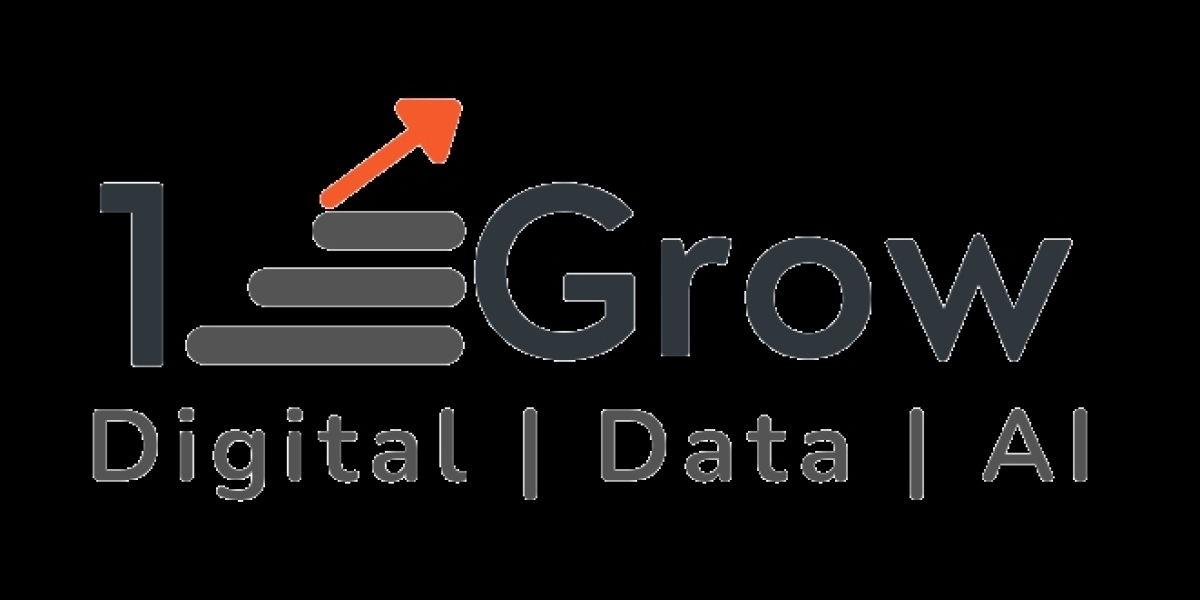1. Customer Insights and Personalization
One of the primary contributions of data science to the banking sector is its ability to unlock valuable insights into customer behavior. Through the analysis of transaction data, customer interactions, and other relevant information, banks can create comprehensive customer profiles. This allows for a deep understanding of individual preferences, spending patterns, and financial habits.
Armed with this knowledge, banks can personalize their services, offering tailored product recommendations, targeted promotions, and customized financial advice. Personalization not only enhances customer satisfaction but also fosters long-term relationships, as customers feel that their unique needs are acknowledged and addressed.
2. Fraud Detection and Prevention
As digital transactions become more prevalent, so does the risk of fraudulent activities. Data science plays a crucial role in fraud detection and prevention by employing advanced analytics and machine learning algorithms to identify irregular patterns and anomalies in transaction data.
Real-time monitoring enables banks to detect potentially fraudulent activities as they occur, triggering immediate responses such as transaction blocking or additional authentication steps. This not only safeguards customers from financial losses but also protects the reputation and integrity of the banking institution.
3. Credit Scoring and Risk Management
Data science has revolutionized the traditional credit scoring process, enabling banks to assess the creditworthiness of individuals and businesses more accurately. By analyzing a diverse set of data, including financial history, transaction records, and even alternative data sources such as social media behavior, data science models can provide a more comprehensive and nuanced view of credit risk.
This enhanced credit scoring allows banks to make more informed lending decisions, extending credit to those who might have been overlooked by traditional methods and minimizing the risk of defaults. The result is a more inclusive approach to lending that benefits both customers and the banking institution.
4. Predictive Analytics for Financial Planning
Data science enables banks to leverage predictive analytics for financial planning, both at the individual and organizational levels. For customers, predictive models can forecast future spending patterns, helping them budget more effectively and plan for major financial milestones. This empowers individuals to make informed decisions about their finances and investments.
On the organizational front, banks use predictive analytics for demand forecasting, investment planning, and risk management. By anticipating market trends and identifying potential risks, banks can optimize their operations, allocate resources efficiently, and navigate the dynamic landscape of the financial industry with greater agility.
5. Enhancing Customer Service with Chatbots
The integration of data science with artificial intelligence has given rise to intelligent chatbots that are transforming customer service in the banking sector. These chatbots, powered by natural language processing and machine learning, can understand and respond to customer queries in real-time.
By analyzing historical customer interactions and continuously learning from new data, chatbots become more adept at providing accurate and personalized responses over time. This not only improves the efficiency of customer service but also enhances the overall customer experience by providing instant and relevant support.
6. Anti-Money Laundering (AML) and Compliance
The banking industry is subject to stringent regulatory requirements, particularly concerning anti-money laundering (AML) and compliance. Data science plays a vital role in helping banks comply with these regulations by automating the monitoring of transactions for suspicious activities.
Machine learning models can vast amounts of transaction data, identifying patterns indicative of money laundering or other illicit activities. This not only ensures regulatory compliance but also strengthens the financial system's resilience against criminal activities.
7. Optimizing Operations and Cost Efficiency
Data science is instrumental in optimizing the operational efficiency of banking institutions. Through process automation, data-driven insights, and predictive modeling, banks can streamline various operations, reduce manual intervention and minimize errors.
By leveraging data science to optimize resource allocation, monitor efficiency metrics, and identify areas for improvement, banks can achieve cost savings and enhance overall operational effectiveness. This efficiency is critical in an industry where swift and accurate operations are paramount.
8. Improved Marketing Strategies
Data science empowers banks to refine their marketing strategies by analyzing customer data to identify target audiences, segment markets, and measure the effectiveness of campaigns. By understanding customer preferences and behaviors, banks can tailor marketing messages to specific segments, increasing the relevance of their promotions and advertisements.
This targeted approach not only maximizes the impact of marketing efforts but also contributes to cost-effectiveness by avoiding unnecessary expenditures on less effective strategies. The result is more efficient use of marketing budgets and a higher return on investment for promotional activities.
9. Digital Transformation and Innovation
In an era of rapid technological advancement, data science is a driving force behind the digital transformation of the banking industry. From mobile banking apps to online account management and contactless payments, data science underpins the technological innovations that enhance the accessibility and convenience of banking services.
By embracing emerging technologies such as blockchain, artificial intelligence, and biometrics, banks can offer innovative solutions that redefine customer experiences and set new standards for security and efficiency.
10. Regulatory Reporting and Compliance
Meeting regulatory requirements is a critical aspect of the banking industry, and data science can simplify the process of regulatory reporting and compliance. Automated systems powered by data science can collect, analyze, and report relevant data, ensuring that banks adhere to regulatory guidelines and deadlines.
This not only reduces the burden of manual compliance efforts but also minimizes the risk of errors in reporting. By leveraging data science for compliance, banks can navigate the complex regulatory landscape with greater accuracy and efficiency.
Conclusion: A Data-Driven Future for Banking
As we stand on the cusp of a data-driven future, the role of data science in the banking industry is more pivotal than ever. From enhancing customer experiences and preventing fraud to optimizing operations and driving innovation, data science is a transformative force that empowers banks to thrive in a rapidly evolving landscape.
As banking institutions continue to harness the power of data science, they not only unlock new possibilities for efficiency and profitability but also contribute to a financial ecosystem that is more inclusive, secure, and responsive to the needs of customers. The journey towards a data-driven future for banking is underway, and the possibilities it holds are as vast as the datasets that power its progress. The Advance Data Science Course by 1stepGrow is a perfect solution for those looking to deepen their expertise in this area.









